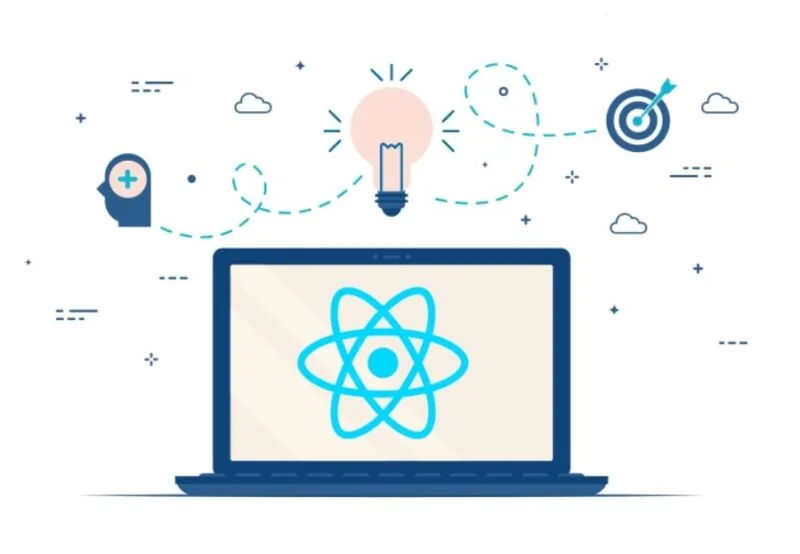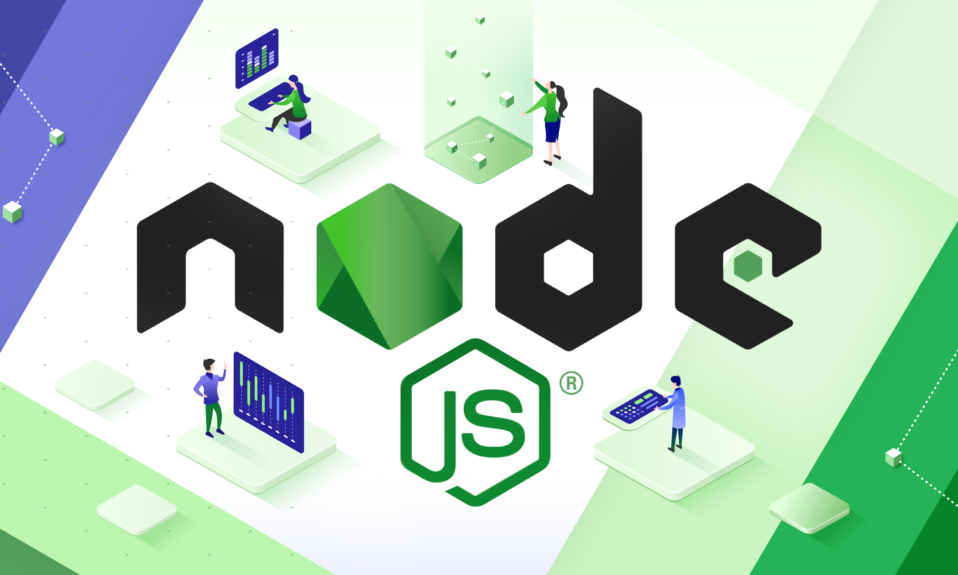1. When we say that the boundary is crisp
A: Distinguish two regions clearly
B: Cannot Distinguish two regions clearly
C: Collection of ordered pairs
D: None of these
Answer: A: Distinguish two regions clearly
2. Fuzzy logic is a form of
A: two valued logic
B: crisp set logic
C: many value logic
D: binary set logic
Answer: C: many value logic
3. In computing the output is called as
A: Consequent
B: Outfeed
C: Anticedents
D: Premise
Answer: A: Consequent
4. Control actions while computing should be
A: Ambiguous
B: Unambiguous
C: Inaccurate
D: None of these
Answer: B: Unambiguous
5. Core of soft computing is
A: Fuzzy computing, neural computing, Genetic algorithm
B: Fuzzy network and artificial intelligence
C: Neural Science
D: Genetic Science
Answer: A: Fuzzy computing, neural computing, Genetic algorithm
6. Hard computing performs what type of computation
A: Sequential
B: Parallel
C: approximate
D: both a and b
Answer: A: Sequential
7. Who iniated idea of soft computing
A: Charles Darwin
B: Rich and Berg
C: McCulloch
D: Lofti A. Zadeh
Answer: D: Lofti A. Zadeh
8. Soft computing is based on
A: fuzzy logic
B: neural science
C: crisp software
D: binary logic
Answer: A: fuzzy logic
9. In soft computing the problems,algorithms can be
A: non adaptive
B: adaptive
C: static
D: all of the above
Answer: B: adaptive
10. Fuzzy Computing
A: mimics human behavior
B: deals with imprecise, probabilistic
C: exact information
D: both a and b
Answer: D: both a and b
11. Hard computing is also called as
A: evolutionary computing
B: conventional computing
C: non-conventional computing
D: probabilistic computing
Answer: B: conventional computing
12. Which computing produces accurate results
A: soft computing
B: hard computing
C: both a and b
D: none of the above
Answer: B: hard computing
13. Neural network computing
A: mimics human behavior
B: information processing paradigm
C: both a and b
D: none of the above
Answer: C: both a and b
14. Artificial neural network is used for
A: pattern recognition
B: classification
C: clustering
D: all of the above
Answer: D: all of the above
15. How does blind search differ from optimization
A: Blind search represent a guided approach while optimization is unguided
B: Blind search usually does not conclude in one step like some optimization methods.
C: Blind search cannot result in optimal solution whereas optimization methods does
D: none of these
Answer: B: Blind search usually does not conclude in one step like some optimization methods.
16. In modeling, an optimal solution is understood to be
A: a solution that can only be determined by an exhaustive enumeration testing of alternatives
B: a solution found in the least possible time and using the least possible computing resources
C: a solution that is the best based on criteria defined in the design phase
D: a solution that requires an algorithm for the determination
Answer: C: a solution that is the best based on criteria defined in the design phase
17. When is a complete enumeration of solution used?
A: When a solution that is “good enough” is fine and good heuristics are available
B: When there is enough time and computational power available
C: When the modeler requires a guided approach to problem-solving
D: When there is an infinite number of solutions to be searched
Answer:B: When there is enough time and computational power available
18. All of the following are true about heuristics EXCEPT
A: heuristics are used when the modeler requires a guided approach to problem-solving
B: heuristics are used when a solution that is “good enough” is sought
C: heuristics are used when there is abundant time and computational power
D: heuristics are rules of good judgment
Answer:C: heuristics are used when there is abundant time and computational power
19. Which approach is most suited to structured problem with little uncertainity
A: Simuation
B: human intuition
C: Optimization
D: genetic algorithm
Answer:C: Optimization
20. Genetic algorithm belong to the family of method in the
A: artificial intelligence area
B: optimization area
C: complete enumeration family of methods
D: Non-computer based isolation area
Answer:A: artificial intelligence area
21. What does the 0 membership value means in the set
A: the object is fully inside the set
B: the object is not in the set
C: the object is partially present in the set
D: none of the above
Answer:B: the object is not in the set
22. The union of two fuzzy sets is the_______of each element from two sets
A: maximum
B: minimum
C: equal to
D: not equal to
Answer:A: maximum
23. The process of fuzzy interference system involes
A: membership functions
B: fuzzy logic operators
C: if-then rules
D: all the above
Answer:D: all the above
24. What does a fuzzifier do
A: coverts crisp input to linguistic variables
B: coverts crisp output to linguistic variables
C: coverts fuzzy input to linguistic variables
D: coverts fuzzy output to linguistic variables
Answer:A: coverts crisp input to linguistic variables
25. Which of the following is not defuzzifier method
A: centroid of an area
B: mean of maximum
C: largest of maximum
D: hypotenuse of the triangle
Answer:D: hypotenuse of the triangle
26. Which of the following is/are type of fuzzy interference method
A: Mamdani
B: Sugeno
C: rivest
D: only a and b
Answer:D: only a and b
27. A Fuzzy rule can have
A: multiple parts of the antecedent, an only single part of the consequent
B: only single part of the antecedent, multiple part of the consequent
C: multiple parts of the antecedent, multiple parts of the consequent
D: only single part of the antecedent, an only single part of the consequent
Answer:C: multiple part of antecedent, multiple part of consequent
28.The a cut of a fuzzy set A is a crisp set defined by :-
A: {x|Ua(x)>a}
B: {x|Ua(x)>=a}
C: {x|Ua(x)
Answer:B: {x|Ua(x)>=a}
29.The bandwidth(A) in a fuzzy set is given by
A: (A)=|x1*x2|
B: (A)=|x1+x2|
C: (A)=|x1-x2|
D: (A)=|x1/x2|
Answer:C: (A)=|x1-x2|
30.The intersection of two fuzzy sets is the_______of each element from two sets
A: maximum
B: minimum
C: equal to
D: not equal to
Answer:B: minimum
31. A={1/a,0.3/b,0.2/c,0.8/d,0/e} B={0.6/a,0.9/b,0.1/c,0.3/d,0.2/e} What will be the complement of A?
A: {0/a,0.7/b,0.8/c,0.2/d,1/e}
B: {0/a,0.9/b,0.7/c,0.2/d,1/e}
C: {0.8/a,0.7/b,0.8/c,0.7/d,1/e}
D: {0/a,0.7/b,0.8/c,0.9/d,1/e}
Answer: A: {0/a,0.7/b,0.8/c,0.2/d,1/e}
32. A={1/a,0.3/b,0.2/c,0.8/d,0/e} B={0.6/a,0.9/b,0.1/c,0.3/d,0.2/e} What will be the union of AUB?
A: {1/a,0.9/b,0.1/c,0.5/d,0.2/e}
B: {0.8/a,0.9/b,0.2/c,0.5/d,0.2/e}
C: {1/a,0.9/b,0.2/c,0.8/d,0.2/e}
D: {1/a,0.9/b,0.2/c,0.8/d,0.8/e}
Answer:C: {1/a,0.9/b,0.2/c,0.8/d,0.2/e}
33. A={1/a,0.3/b,0.2/c,0.8/d,0/e} B={0.6/a,0.9/b,0.1/c,0.3/d,0.2/e} What will be the intersection of A and B ?
A: {0.6/a,0.3/b,0.1/c,0.3/d,0/e}
B: {0.6/a,0.8/b,0.1/c,0.3/d,0/e}
C: {0.6/a,0.3/b,0.1/c,0.5/d,0/e}
D: {0.6/a,0.3/b,0.2/c,0.3/d,1/e}
Answer:A: {0.6/a,0.3/b,0.1/c,0.3/d,0/e}
34. What denotes the support(A) in a fuzzy set?
A: {x|Ua(x)>0}
B: {x|Ua(x)<0}
C: {x|Ua(x)<=0}
D: {x|Ua(x)<0.5}
Answer:A: {x|Ua(x)>0}
35. Fuzzy logic deals with which of the following
A: fuzzy set
B: fuzzy algebra
C: both a and b
D: none of the above
Answer:C: both a and b
36. Which of the following is a sequence of steps taken in designing a fuzzy logic machine
A: Fuzzification->Rule Evaluation->Deffuzification
B: Deffuzification->Rule evaluation->Fuzzification
C: Rule evaluation>Fuzzification>Deffuzification
D: Rule evaluation->Defuzzification->Fuzzification
Answer:A: Fuzzification->Rule Evaluation->Deffuzification
37. can a crisp set be a fuzzy set?
A: no
B: yes
C: depends
D: all of the above
Answer:B: yes
38. Genetic algorithm belong to the family of method in the
A: artificial intelligence area
B: optimization area
C: complete enumeration family of methods
D: Non-computer based isolation area
Answer:A: artificial intelligence area
39. All of the following are a suitable problems for genetic algorithms EXCEPT
A: pattern recognization
B: simulation of biological models
C: simple optimization with few variables
D: dynamic process control
Answer:C: simple optimization with few variables
40. Genetic algorithms are example of
A: heuristic
B: Evolutionary algorithm
C: ACO
D: PSO
Answer:B: Evolutionary algorithm
41. Mutation is applied on __ candidates.
A: one
B: two
C: more than two
D: none of these
Answer:A: one
42. Recombination is applied on __ candidates.
A: one
B: two
C: more than two
D: none of these
Answer:B: two
43. LCS belongs to ___ based methods?
A: rule-based learning
B: genetic learning
C: both a and b
D: none of these
Answer:A: rule-based learning
44. Survival is ___ approach.
A: deterministic
B: non deterministic
C: semi deterministic
D: none of these
Answer:A: deterministic
45. Evolutionary algorithms are a ___ based approach
A: heuristic
B: metaheuristic
C: both a and b
D: none of these
Answer:A: heuristic
46. Tabu search is an example of ?
A: heuristic
B: Evolutionary algorithm
C: ACO
D: PSO
Answer:A: heuristic
47. Idea of genetic algorithm came from
A: machines
B: Birds
C: ACO
D: genetics
Answer:D: genetics
48. Chromosomes are actually?
A: line representation
B: String representation
C: Circular representation
D: all of these
Answer:B: String representation
49. What are the parameters that affect GA are/is
A: selection process
B: initial population
C: both a and b
D: none of these
Answer:C: both a and b
50. Evolutionary programming was developed by
A: Fredrik
B: Fodgel
C: Frank
D: Flin
Answer:B: Fodgel
51. EC stands for?
A: Evolutionary Computations
B: Evolutionary computer
C: Electronic computations
D: none of these
Answer:A: Evolutionary Computations
52. _____does not usually allow decision makers to see how a solution to a ___________envolves over time nor can decision makers interact with it.
A: Simulation, Complex problem
B: Simulation, Easy problem
C: Genetics, Complex problem
D: Genetics, Easy problem
Answer:A: Simulation, Complex problem
53. Discrete events and agent based models are usuallly used for_____________.
A: middle or low level of abstractions
B: high level of abstraction
C: very high level of abstraction
D: none of these
Answer:A: middle or low level of abstractions
54. _________cannot easily be transferred from one problem domain to another
A: optimal solution
B: analytical solution
C: simulation solution
D: none of these
Answer:C: simulation solution
55. What are different types of crossover
A: discrete and intermedium
B: discrete and continuous
C: continuous and intermedium
D: none of these
Answer:A: discrete and intermedium
56. Elements of ES are/is
A: Parent population size
B: Survival population size
C: both a and b
D: none of these
Answer:C: both a and b
57. What is the first step in Evolutionary algorithm
A: Termination
B: selection
C: Recombination
D: Initialization
Answer:D: Initialization
58. in ES survival is
A: indeterministic
B: deterministic
C: both a and b
D: none of these
Answer:D: none of these
59. Evolution Strategies typically uses
A: real-valued vector representations
B: vector representation
C: time-based representation
D: none of these
Answer:A: real-valued vector representations
60. Evolution Strategies is developed with
A: selection
B: mutation
C: a population of size one
D: all of these
Answer:D: all of these






